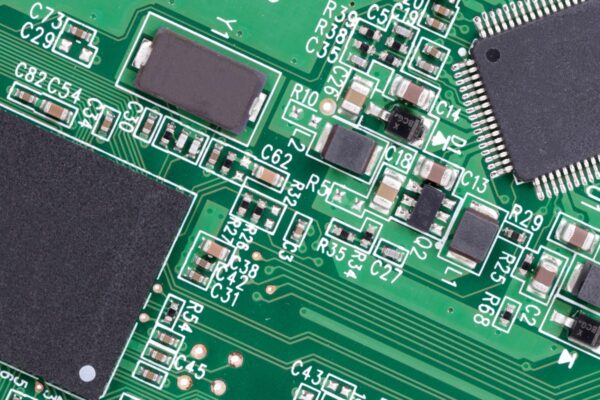What is Controlled Depth Drilling
Controlled depth drilling, also known as backdrilling, is a drilling process utilized to remove unwanted copper plating from specific layers of a PCB. This technique is employed to address signal integrity issues caused by via stubs, which can lead to signal reflections and resonance at high frequencies.
During controlled depth drilling, a drill is used to remove the copper plating from a via that passes through multiple layers of the PCB stack-up but is only necessary for signal transmission between specific layers. By carefully controlling the depth of the drill, the unwanted copper plating is removed while preserving the integrity of the other layers.
The key objective of controlled depth drilling is to minimize the length of the via stub, which can cause signal degradation. This is achieved by drilling into the PCB stack-up to a controlled depth, ensuring that only the desired layers are affected. The diameter of the back drill is slightly larger than the original hole size to ensure the removal of the unwanted copper plating.
Other techniques, such as blind vias or buried vias, may also be employed depending on the specific requirements of the PCB design.





